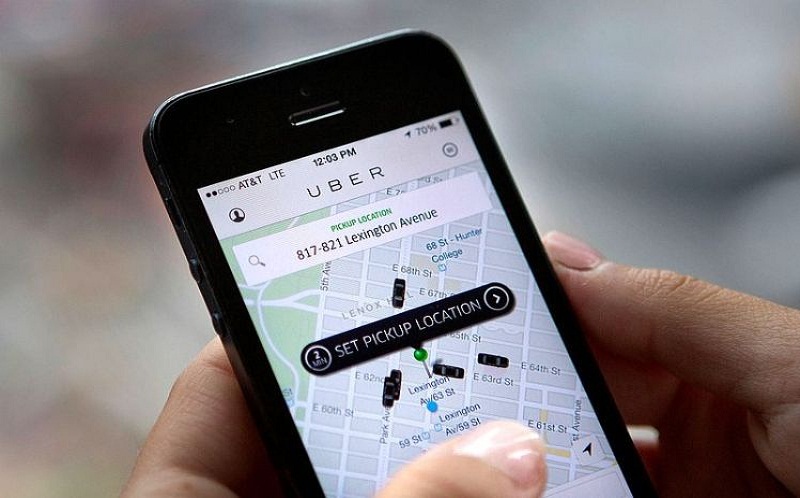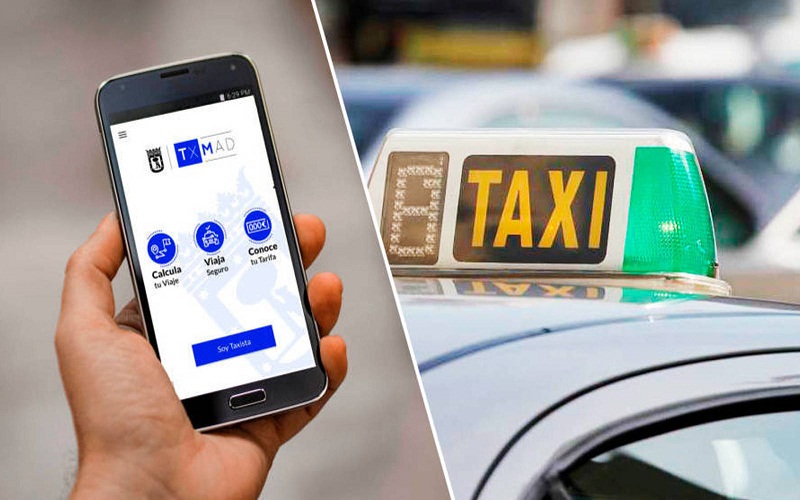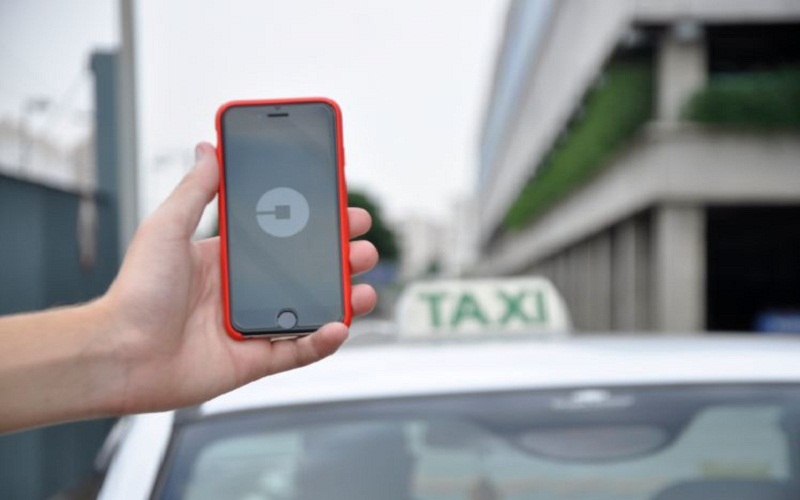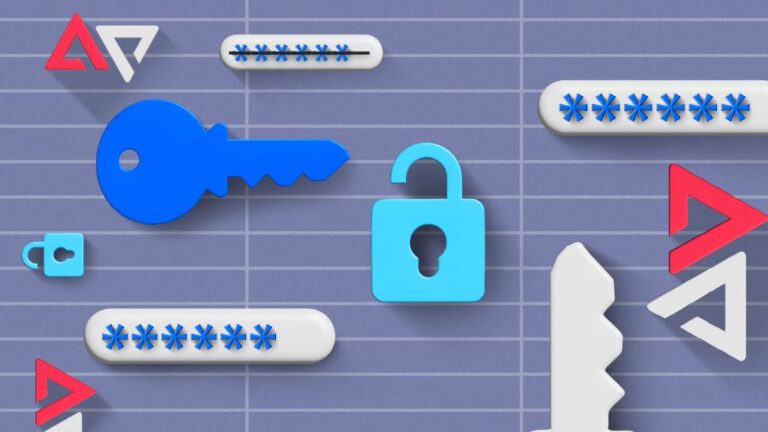Do you remember how a taxi was ordered before the taxi app existed? You had two options: telephone a taxi company or take a taxi on the street. Today, mobile applications are revolutionizing the taxi industry with innovative technologies that offer alternative solutions for both customers and drivers.
Currently, customers can book a taxi 24/7, see exactly how far the taxi driver is assigned and pay digitally. On the other hand, the driver can accept or reject a taxi request through the application, call the customer in case he is not in the agreed place and offer different payment methods to make the transaction faster and smoother.
The main players such as My taxi, Uber, and Citify demonstrated that it is a profitable commercial strategy and, therefore, they encouraged many entrepreneurs and small businesses to launch similar taxi reserve applications with the expectation of repeating success. In the last decade, the number of automated taxi solutions has increased and the popularity of taxi applications continues to increase.
Here we will cover the value proposition and the income model of a taxi app. In addition, the functionalities of a known taxi application will be analyzed in order to obtain more information about the technical aspects.
Offering a bilateral value proposition

We must take into account that taxi applications are bilateral, therefore, it is essential to have a value proposition for both parties, both for customers and drivers. The taxi app is intended to result in a reduction in search and transaction costs, which is exactly the key feature of a multilateral platform.
The value proposition for the consumer
- Order a taxi in one click 24/7
- Locate the driver
- Know the price and the estimated duration of the trip
- Lower prices than traditional taxis
- Flat rate for certain frequent destinations such as airports
- Transactions without cash
- A rating system and opinions
- Discounts and free trips on certain occasions
The value proposition for the driver
- Generation of income
- Flexible schedules
- Simple payment system
- The possibility of contacting the client
- No need for investment
- The possibility of earning more in rush hour
- Insurance coverage
- Capture customers faster and easier
It is important to keep in mind that these value propositions are examples and that they should be considered as “general”.
Income model of a taxi app

In addition to being aware of possible value propositions for the client and the driver, we will now try to provide more information about the revenue model of a taxi booking application. To explain this in the simplest way possible, we will take a closer look at the famous Uber taxi application. Let’s find out what your source of income is.
Different cars for different customers
Remember when everyone used to travel in the same type of taxi brand and similar model? Those days have ended thanks to the fact that nowadays customers have the possibility to choose the type of vehicle in which they wish to travel. Uber, for example, has not been limited to a specific type of car or a particular segment of customers.
There are multiple options such as Uber X, Uber Black, for those who prefer to travel in a black car, Uber Taxi, for those looking for a more economical solution and Uber SUV, for those who want a luxurious car. They offer their customers the possibility to choose the type of car they wish to travel in, which gives them a new taxi booking experience.
An effective pricing strategy
A fundamental aspect of the Uber application is its pricing strategy . Taxi companies generally increase travel rates when there is more demand than supply. Instead, Uber charged customers a fee based on traffic density and the time it takes to get from point A to B .
In addition, the price per kilometer changes automatically depending on the number of drivers available and the number of taxi orders. This price algorithm aims to encourage drivers to go to work when the demand is higher.
Alternative transports
Today Uber proposes as additional means of transport such as ships, helicopters and others. They also launched a motorcycle pick-up service in Paris, home deliveries in San Francisco and a delivery service with ice cream trucks in some cities. This has allowed Uber to have new sources of income.
Understanding the functionalities

Now that we have analyzed the value proposition and income model of a taxi app, it is time to dig a little deeper and examine the functionalities of this type of application. Once again, we will use Uber as an example to make it easier to understand.
The bases
From our experience as specialists in application development, we know that the technical aspects of an application are not simple to understand. Let’s start with the basics and study so that each functionality is used.
Ease of registration. The option to be able to register through Facebook, Google Plus or the classic way – with a phone number and a password. Offering the option to access through a social network allows the application to transform personal information to the application in a matter of seconds. Additionally, it is important to differentiate the users of the drivers when they enter the app.
Personal profile . Users and drivers can add, edit or delete their personal information at any time through the app.
Mail models. Notifications via email are very useful to send payment information, trip details, payment confirmation, digital wallet information or to reset the password in case of forgetting.
Car search function. To be able to assign a taxi as quickly as possible to the customer, Uber integrated a search option for cars that are at the minimum distance in kilometers. This allows the customer to filter only the taxis closest to their location.
Availability of cars. If the status of a car is active, users can request a ride. Once the car is reserved, its status automatically changes to inactive so that the driver does not need to change it manually. For the user, when the path request is accepted, he can no longer change the destination address.
Rate estimation. Since the business model depends on the trips paid, it is important to include a rate estimation mechanism. In this way, the application can calculate the tariff appropriately based on the standard prices for a particular distance.
Multiple means of payment. Users have the possibility to pay by credit or debit card through the application. Another option is to transfer money to the Wallet application.
Ease of location. Integrating Google Maps helps calculate the distance and route between a point A and a point B. It also allows the driver to locate the client and the latter, once the trip accepted, see the location of the driver.
Additional functionalities

Categories of cars. This option allows the customer to choose the type of car he wants when booking the taxi. This allows reaching different segments.
Car lists. This allows drivers to list all the vehicles they use to perform the taxi service. The details of the listed cars can be modified or eliminated in a simple way. The owner of the application can see all the cars listed.
Promotional codes and free trips. Each time a new user registers in the Uber application using a promotional code their first trip will be free. Once that person makes that trip, the user who gave the code will receive a free trip.
History . The client has access to his travel history and there he can access the date, time, place of collection and arrival, total cost and details of the car and the driver. The driver can see the trips made through the application.
Management of cities. The owner of the app can decide in which cities you want to offer this service. In case the results were negative in a specific city, this can be easily eliminated.
Multilingual. If the application is available in different countries such as Uber, it is important to present it in the appropriate languages.
In conclusion
The ease of use and which represents an alternative to traditional taxi services are the most important reasons for the popularity of the taxi app . They have revolutionized an industry that was static for a long time. In many countries, the taxi industry has been subject to tariffs in the manner imposed by the local government. However, taxi applications create a free market in terms of tariffs and allow customers to customize their journey.






